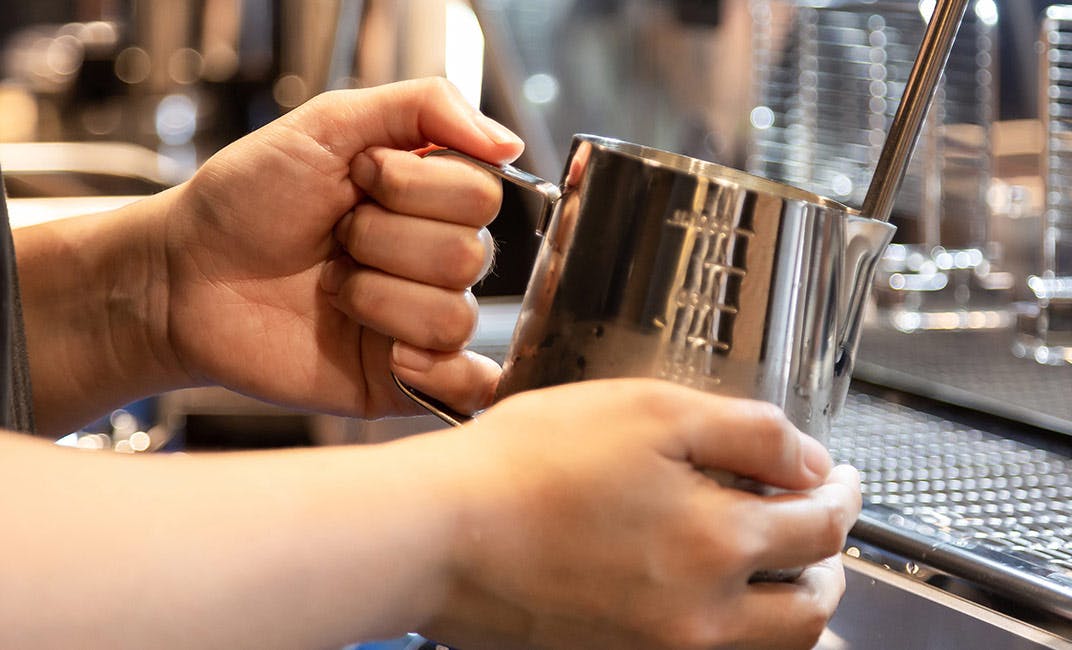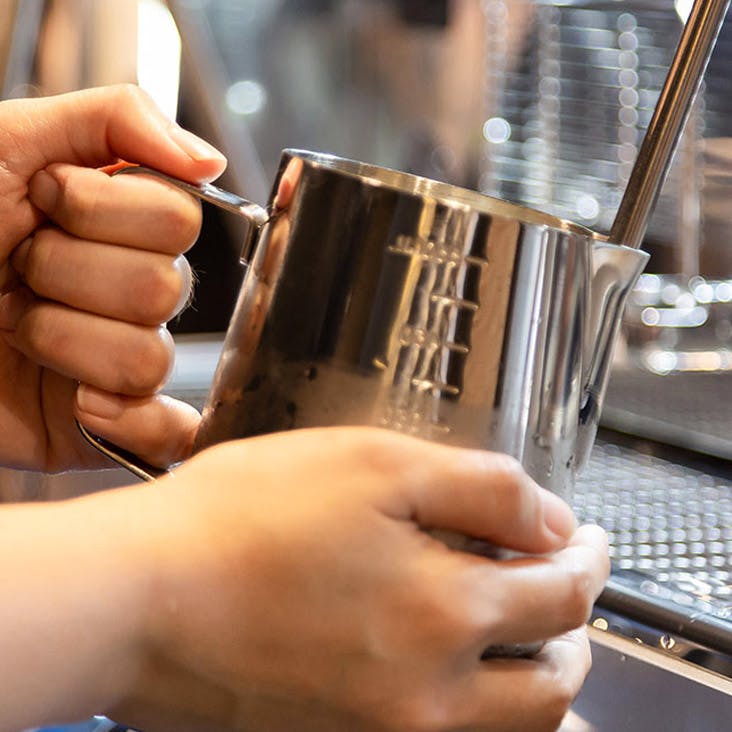Please select your preferred language
Blog
Milk Temperature
The evolution of coffee craft


When you shake ketchup in its bottle, it gets runnier. This same kind of change in viscosity occurs with milk when you increase the temperature. As the milk gets warmer and runnier, its surface tension decreases and a reduction in surface tension is essential to creating a stable and elastic foam. Luckily we like hot drinks!
Milk foams are more stable at higher temperatures. The increase in foamability of skim milks or whole milks with increasing temperature in the range 5–85° C or 35–85 °C, respectively, is at least partially due to the decrease in viscosity of milk. Increasing temperature enables protein molecules to migrate rapidly to the air–serum interface of milk foams. Furthermore, the surface tension of the milk decreases with increasing temperature, resulting in improved foamability.
Research supports the widespread practice of serving drinks at 50–60° C. Though this may be a little cool for some customers, milk temperatures between 50–60° C supports the most stable foams. “The studies showed that whole milk was better foamable between 50 and 60° C than at lower temperatures. This was mainly due to the completely liquid milk fat and the increased protein adsorption at the air-serum interface. The resulting bubbles … maintained their spherical shape also for 20 minutes of draining” (Borcherding et al., 2008).
When deciding which temperature to serve a drink it’s super important that the temperature is executed consistently. As you can see, milk and temperature is a very sensitive subject, and we haven’t even broached the sensory implications! Small changes in temperature can mean big things for foamability, foam quality, foam longevity, and of course, taste.
A human hand isn’t so great at detecting minor nuances in temperature, but the milk will still react the wrong way if its temperature isn’t correct. Even with a lot of practice, humans still cannot accurately measure temperature and this inaccuracy is exaggerated if you recently touched something hot or cold. It’s fair to say that thermometers and thermocouples are the only way to ensure our customers are receiving their milk foam at the correct surface tension and elasticity - oh and temperature, too.
To the boundaries of coffee,